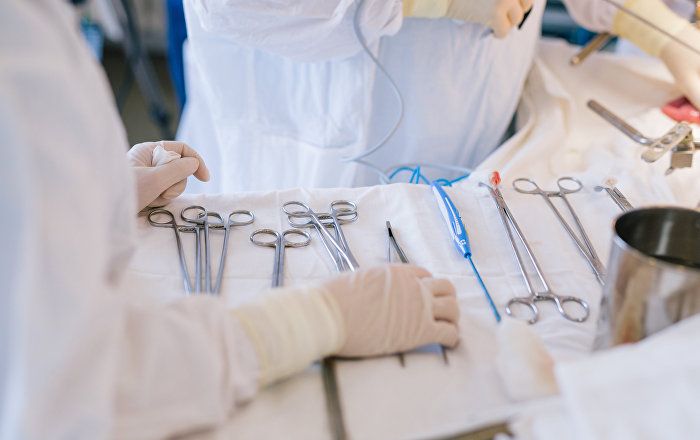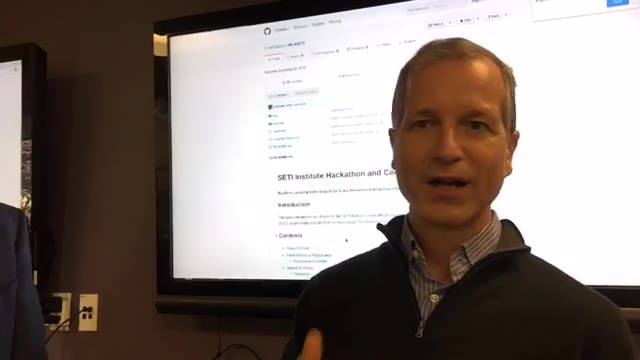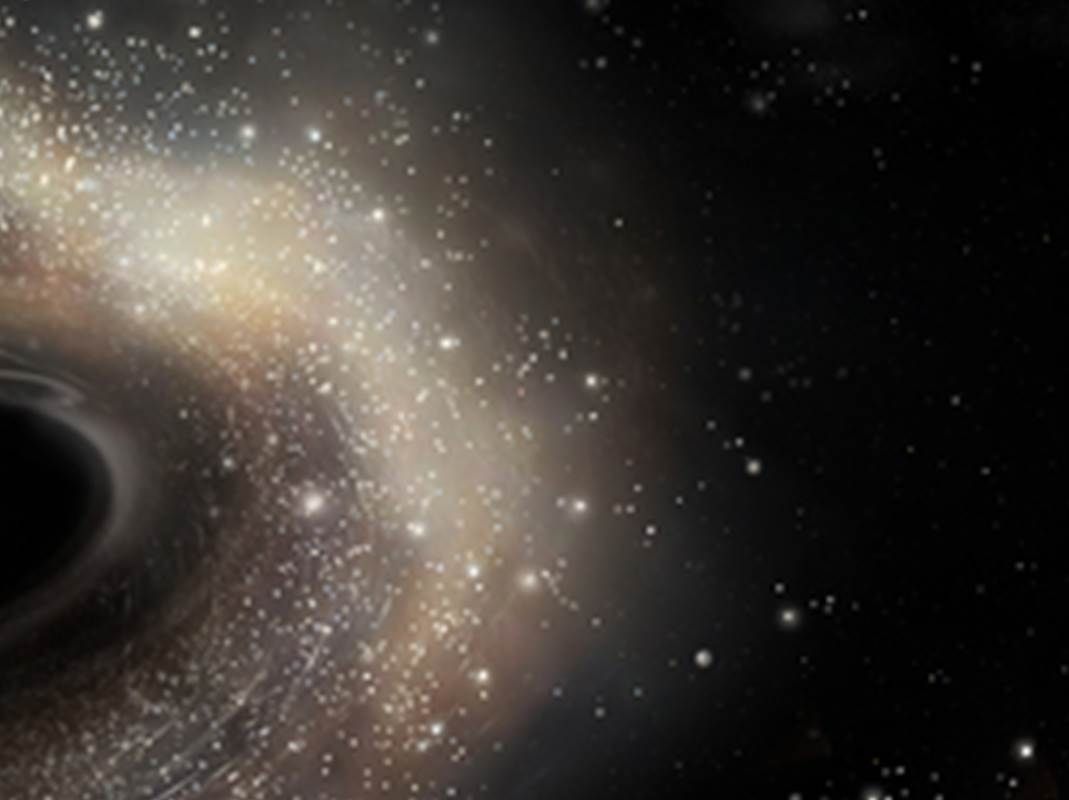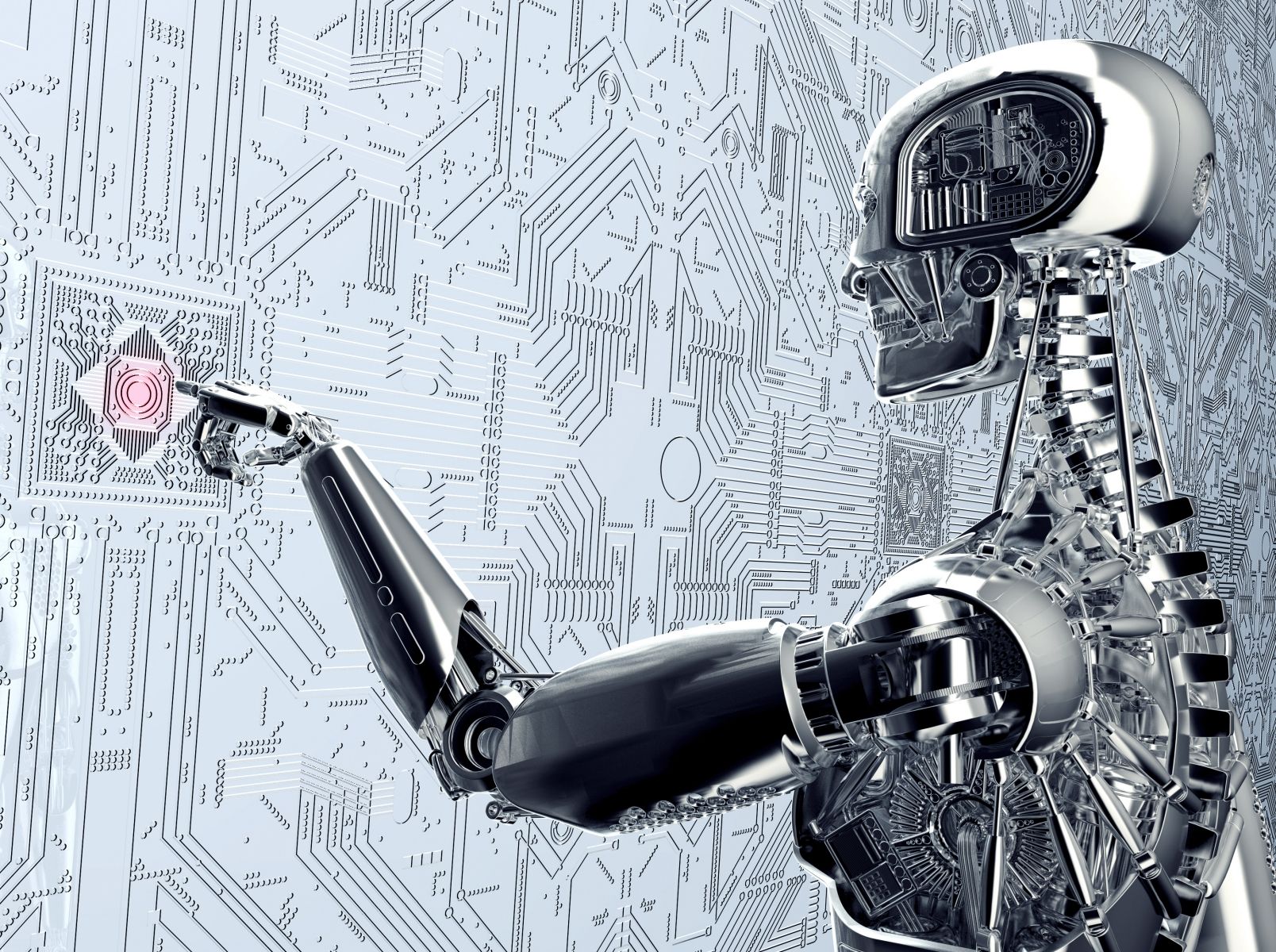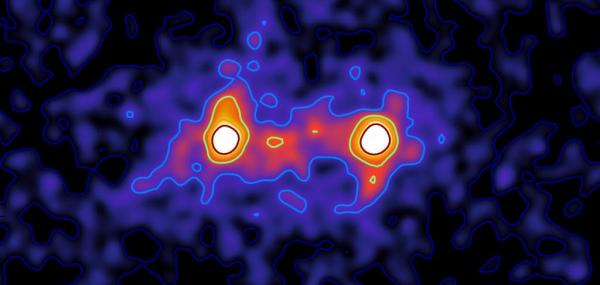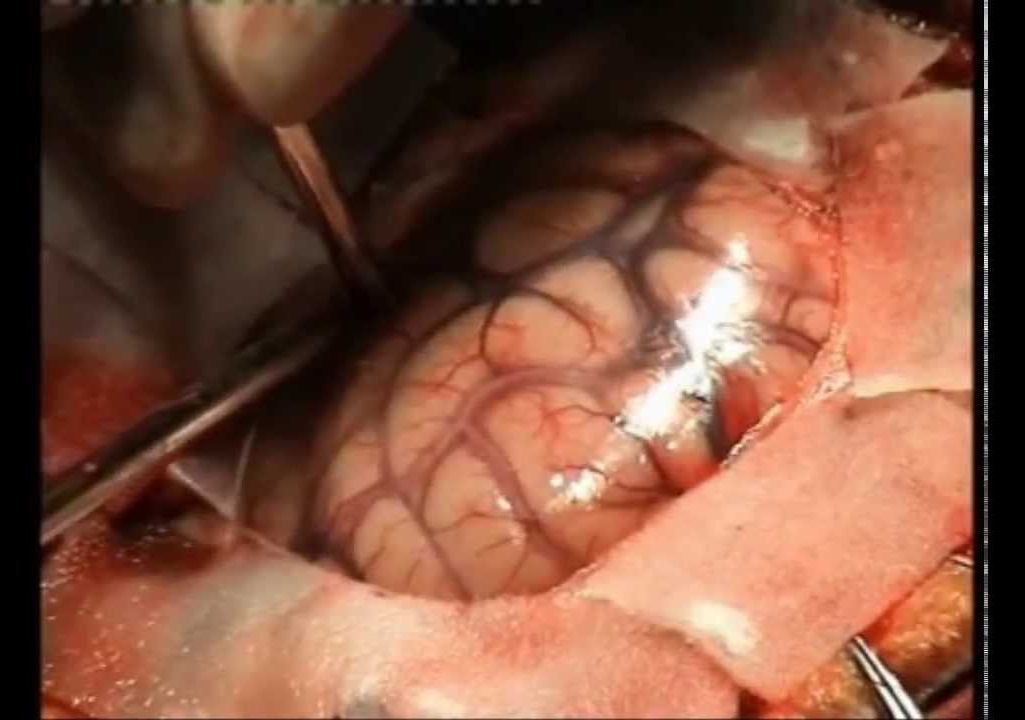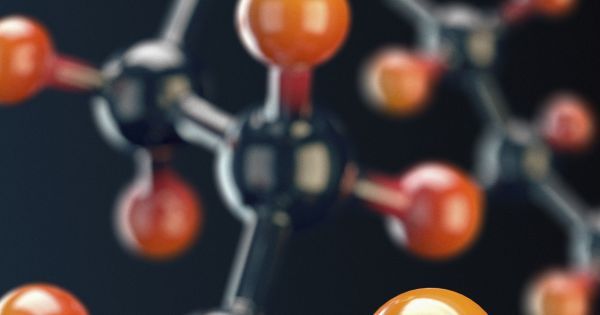Apr 13, 2017
Aussies Develop Drug That Stops Deadly Colon and Stomach Tumor Growth Cold
Posted by Dan Kummer in category: biotech/medical
A team of Australian researchers have discovered a new method to fight colon and stomach cancer. Their technique involves inhibiting a protein that cancer cells use to rapidly reproduce.
“Our discovery could potentially offer a new and complementary approach to chemotherapy and immunotherapy as options for treating gastrointestinal cancers,” said professor Matthias Ernst, scientific director at the Olivia Newton-John Cancer Research Institute, in a statement.
Hematopoietic cell kinase (HCK) is an enzyme that helps stem cells become blood cells – hematopoietic cells are the stem cells that all blood cells start as. One type of blood cells that HCK helps to code are macrophages, “big eater” white blood cells whose job is to consume and destroy anything that impedes healthy blood, such as cellular debris, microbes and cancer cells.
Continue reading “Aussies Develop Drug That Stops Deadly Colon and Stomach Tumor Growth Cold” »
